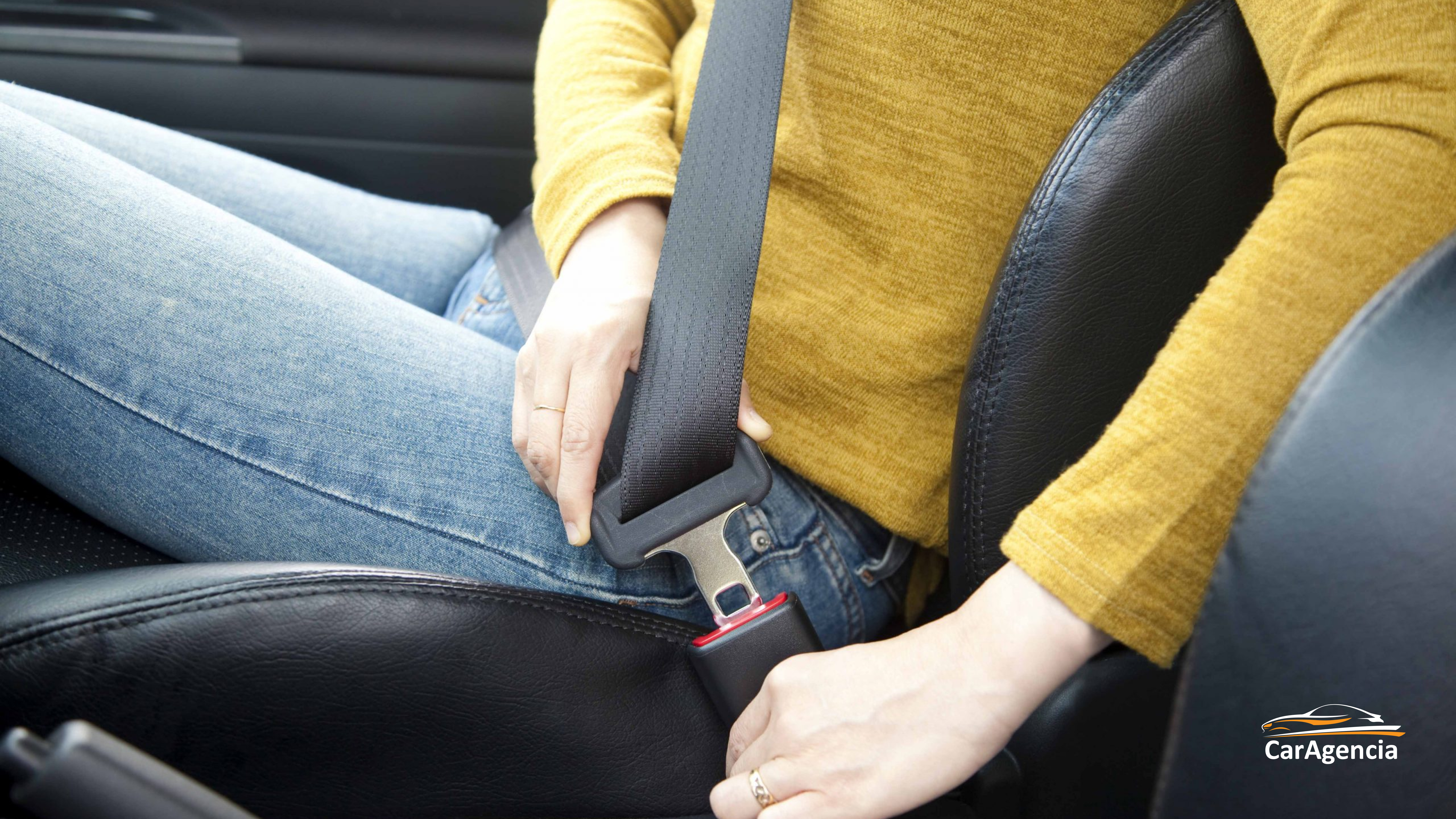 Kiran C
Kiran C
When shopping for a car, there are many factors to consider, but few are as important as safety. Car safety ratings provide crucial insights into how well a vehicle can protect you and your passengers in the event of an accident. But what do these ratings mean, and why should they impact your decision? Here, we’ll break down the basics of automotive safety ratings and explain why they matter for your peace of mind and protection.
Car safety ratings are standardized evaluations that measure a vehicle’s ability to protect passengers and pedestrians in various accident scenarios. These ratings are often provided by reputable testing agencies, such as:
The National Highway Traffic Safety Administration (NHTSA): The NHTSA evaluates cars through its 5-Star Safety Ratings Program, focusing on crashworthiness and crash avoidance.
The Insurance Institute for Highway Safety (IIHS): The IIHS conducts rigorous tests on vehicle strength, crash prevention technologies, and headlight performance.
Each organization conducts in-depth crash tests that simulate front, side, and rollover collisions, scoring vehicles based on their performance and issuing ratings to help consumers make informed decisions.
Understanding safety ratings is more than just checking a box; it’s about knowing you’re choosing a vehicle designed to protect you. Here are key reasons why they should take priority:
Higher safety-rated cars are built with advanced engineering that minimizes the impact of collisions. Features such as crumple zones, airbags, and reinforced frames are tested rigorously to ensure maximum safety, reducing the chance of fatal injuries.
If you’re driving with loved ones, your car’s safety features shouldn’t be a secondary thought. Choosing a vehicle with high safety ratings provides assurance that you’ve prioritized their well-being.
Vehicles with better safety ratings are often less expensive to insure. Car insurance providers look favorably on certified advanced safety features, which leads to potential savings on premiums.
Cars with higher safety ratings often have the latest crash-avoidance technologies, like lane assist, collision detection, and automatic emergency braking. These technologies don't just improve your safety; they elevate your driving experience by making it stress-free.
When evaluating safety ratings, it helps to understand the rigorous process involved. Most tests focus on three main aspects:
This measures how well a car protects occupants in various types of crashes, such as frontal, side, and rollover impacts. For instance, the IIHS gives Good, Acceptable, Marginal, or Poor ratings based on the car’s structure and restraints.
This examines how effectively a car prevents collisions using advanced driver assistance systems, like electronic stability controls or automatic braking.
Agencies also assess a car’s ability to help passengers escape after a crash, like door accessibility and the effectiveness of seatbelt pretensioners.
When assessing a car’s safety rating, make sure these features are present:
Airbags: Look for advanced airbags that adapt to the severity of a crash.
Anti-lock Braking System (ABS): Helps prevent skidding during emergencies.
Electronic Stability Control (ESC): Reduces the risk of losing control.
Lane Assist and Collision Detection: Alerts you to obstacles or danger on the road.
Car safety ratings are more than just numbers; they reflect the measures taken to keep you safe in worst-case scenarios. By understanding these ratings, you can make smarter choices and prioritize safety over less critical features when buying a car. Always research the vehicle’s crash test performance and ensure it’s equipped with state-of-the-art safety technologies.
Choose wisely, drive safe, and invest in a car that is built to protect what matters most.